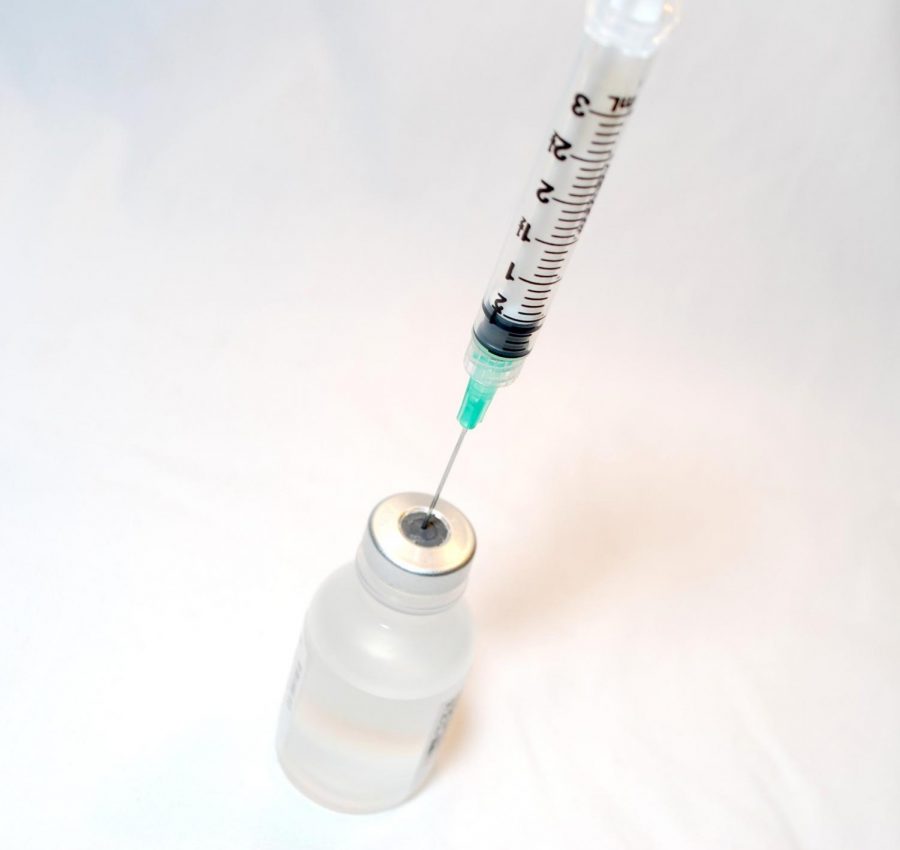Covid-19 vaccine: A turning point for the pandemic
January 28, 2021
One of the many events to emerge as significant from the Coronavirus pandemic ought to be the development of the Coronavirus vaccines. It seemed like a scene out of a superhero movie: a devastating pandemic is ravaging the world and the potential fate of uncountable lives rests in the hands of the collaborative effort of not only scientists, but logistic networks, government administration, and healthcare centers across the world.
The vaccine’s record-breaking production is born out of immense market incentive, gobs of public and private funding, and the universally recognized need to end this pandemic.
The genetic sequence for the virus was published on January 11th 2020, initializing unprecedented cooperation between the world’s governments and pharmaceutical firms. Even estimates from February of 2020 mention that an 18 month timeline would be an impressive accomplishment.
The Pfizer-BioNTech vaccine received an Emergency Use Authorization on November 20th 2020, completing the vaccine development process from identification of the virus to safe inoculation in less than a year. The EUA was a major roadblock for vaccine candidates because it had stringent requirements that ensured the safety and efficacy of the vaccines.
The vaccine is unique, not only from a timeline perspective but its method of action relies on a relatively new technology and it is one of the first times it has been successfully applied to humans. Most vaccines being used in the United States (Pfizer-BioNTech and Moderna) use the virus’ spike protein mRNA to provoke an immune response and create antibodies to disable the virus’ infecting ability. An ingenious mechanism that has produced efficacy rates upward of 90%.
There is much less success to behold when it comes to the actual distribution of these vaccines however. After the mildly-successful “Operation Warp Speed” by the Trump administration there was almost no federal follow up to vaccine distribution, largely leaving states to fend for themselves and set up their own vaccine distribution networks.
Oregon ranks middle of the pack in comparison with other U.S. states in vaccine rollout, which is to say that with no central, federal guidance, the state was left to its own devices and is struggling to develop entirely new logistics systems.
The Biden administration has made the promise of “100 million vaccinations in 100 days” however that seems like an easily accomplishable goal given that the U.S. is currently vaccinating at around one million vaccinations per day, a figure that is expected to grow given that systems are coming into place, more vaccine candidates like corporation Johnson & Johnson, known for pharmaceutical and consumer goods, are expected to enter the pool of doses, and there is stronger federal guidance and coordination to push jabbings.






